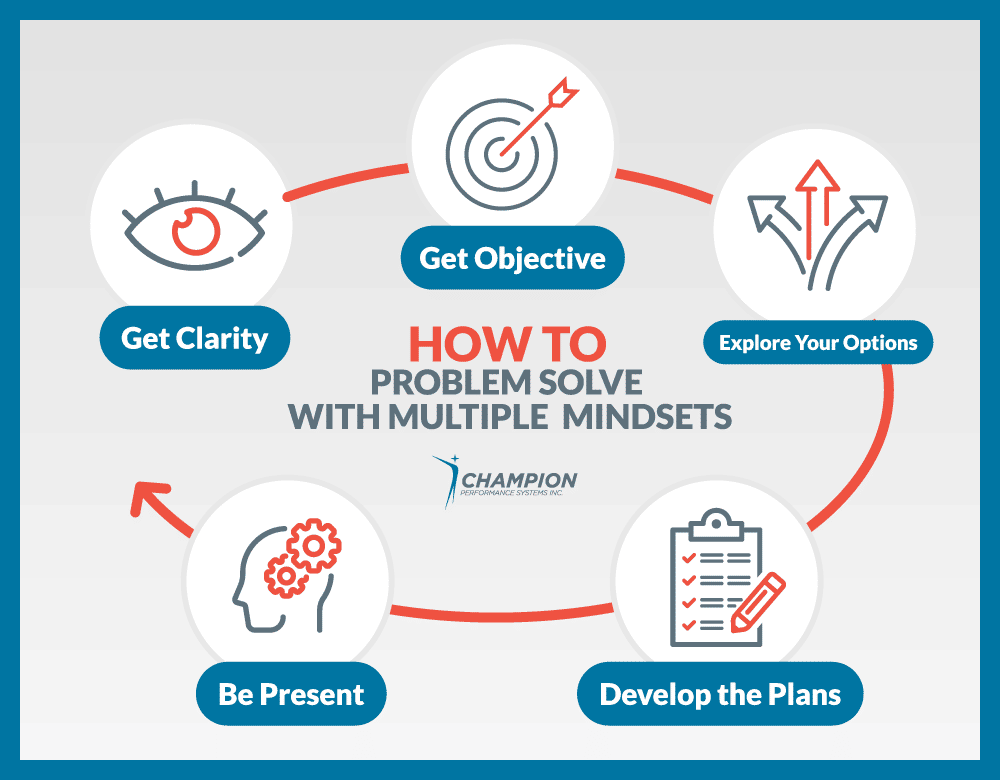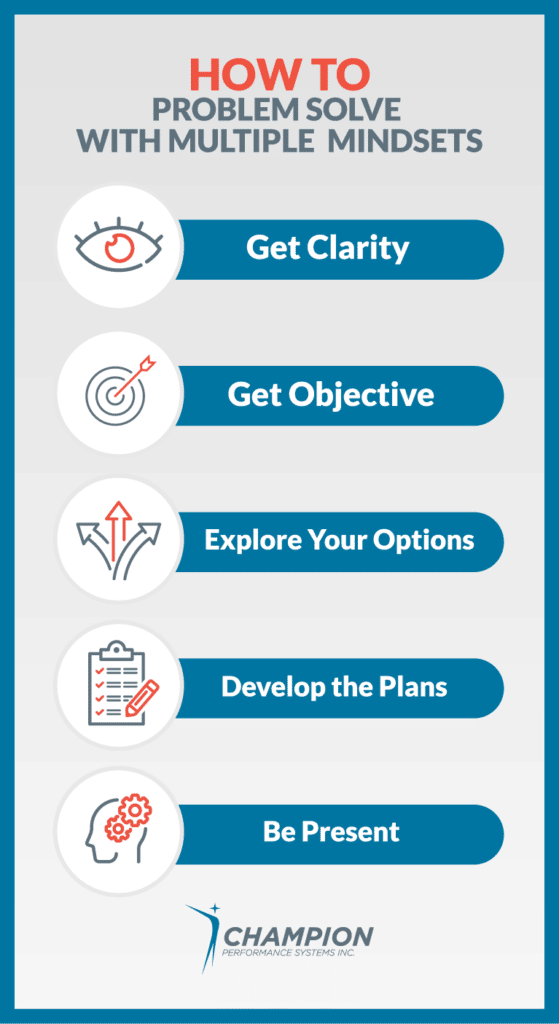When an unforeseen challenge arises within your company, especially one that will involve a high degree of risk as well as a tough decision on your part, how do you handle it? What’s your problem solving process? What’s your mindset? How do you use your professional experience to navigate toward a solution that makes the most sense for you and your business?
Whether the situation has financial, structural, or cultural roots, and whether it’s a workplace hierarchy or personal concern, there’s a way to fix it. Always! However, you might find it can be tough to get into the proper mindset.
In many cases, in order to solve the problem, leaders need to learn how to fully commit themselves to two separate mindsets simultaneously! Add to this the concept of the parallel plan, as opposed to the backup plan. They are two very different things.
Here’s How Problem Solving With Multiple Mindsets Works


Get Clarity
You need to fully understand what’s going on. Without clarity, you have nothing!
What’s the nature of the conflict? What parties are involved? What are the risks? What’s at stake? What do you not know that you need to know in order to fully understand?
Whew, that’s a lot of questions, I know.
But they are critical to your success.
Here’s just one more:
Do you have a backup plan for when it all goes to shit?
Well guess what. Backup plans are overrated. They are defaults to potentially poor decisions. A backup plan is for when your original, committed plan may not work. It’s insurance. It’s your CYA (you know what that stands for).
In situations like these, what you need is a parallel plan. These are best for when it’s unclear as to which direction is the best, considering the situation and risks. It’s when you need two plans (or even a third?), yet don’t know which will work best.
These are also good when you choose to question what you initially believed to be the best solution. This is leadership diligence.
Get Objective
After you gain clarity around the issue, you’ll need to remove your emotions from the equation and compartmentalize your thoughts. If the issue/challenge is close to you, perhaps too close, you need to step outside your personal tendencies. Be brutally honest with yourself. Write down all the ways your emotions and/or personal judgments may contaminate your decisions. Talk to your business coach and/or other trusted souls. Adding objectivity to clarity is always a good position to be in.
Explore Your Options
Once clarity and objectivity are achieved, the next step is to explore your options.
If you think you have only one option, you obviously don’t have clarity, nor are you being objective. Every challenge has more than one, if not multiple potential options.
Explore these – write them down (I don’t see you writing yet…). Keep the implications and risks in mind. Map these out in detail. It can also help to imagine that one option is no longer available… How does this change your remaining viewpoint and plan? Then reverse the process – what if the other option is suddenly unavailable?
Develop The Plans
Create two parallel plans, independent from each other, both focused on how to fix/solve the challenge/problem. As odd as it may sound, this is the easy part because you’ve done the heavy lifting up to this point. Once again, write these down so as not to tempt your mind with wandering later. You can always go back and make changes should situations shift and change in any way.
Be Present
You must be fully present in each mindset in order to accomplish your goal in the correct way. After purposefully engaging in cognitive dissonance in the above steps, you now have to focus on each, independently and exclusively. Reflect back on the plans often, and depending on the emerging situations and risk, be prepared to launch the best plan. It’s in this place of calm presence where your intuition will kick into a higher gear and provide you with the confidence you need to launch when necessary while knowing it’s the best choice.
Remember:
- It’s the leader’s responsibility to be able to think with multiple minds.
- Establish a purposeful state of cognitive dissonance in order to best position you for success.
- Develop parallel plans and prepare to flip the switch on the best one when the time comes.
Questions:
- What’s a critical situation in your business?
- Do you have a clear set of parallel plans?
- What multiple mindsets might be most applicable in order to best set you up for success?
If you need help establishing multiple mindsets, let’s talk.
As an executive coach for many Calgary business, I have decades of experience helping leaders solve the seemingly impossible.










